I like to eat especially well when I’m cruising, and I enjoy the juxtaposition of roughing it in a small boat with fine dining while at anchor. I’ve done well with frying and sautéing on camp stoves, but I’ve missed baked goods. I have a camper’s Dutch oven that you cover with coals, but was never brave enough to cook with it when I had campfires. I’ve known about Coleman’s Portable Camping Oven for decades but had never seen one in use. It was time to give it a try; I bought one. The three stoves used for testing the oven are, from left to right: a single-burner stove with a 1-lb propane tank; a portable butane gas range; and the Gas One Mini with the propane adapter.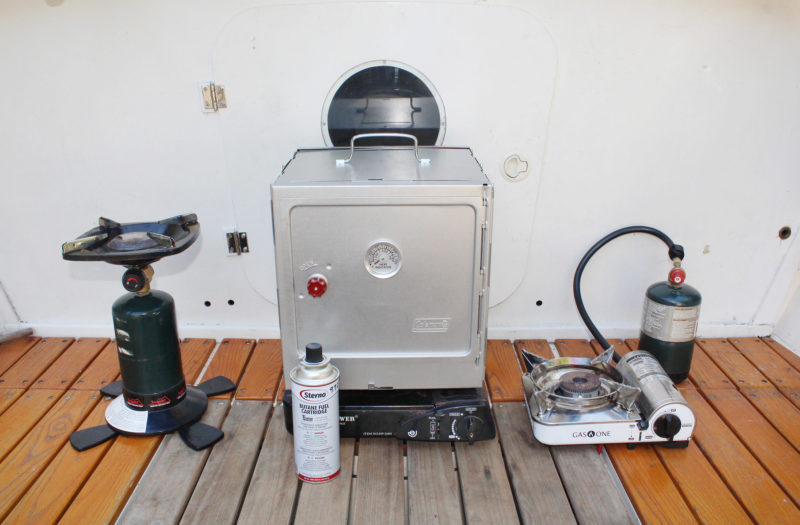 Photographs by the author
Photographs by the author
Join The Conversation
We welcome your comments about this article. If you’d like to include a photo or a video with your comment, please email the file or link.
Comments (11)
Leave a Reply
Stay On Course

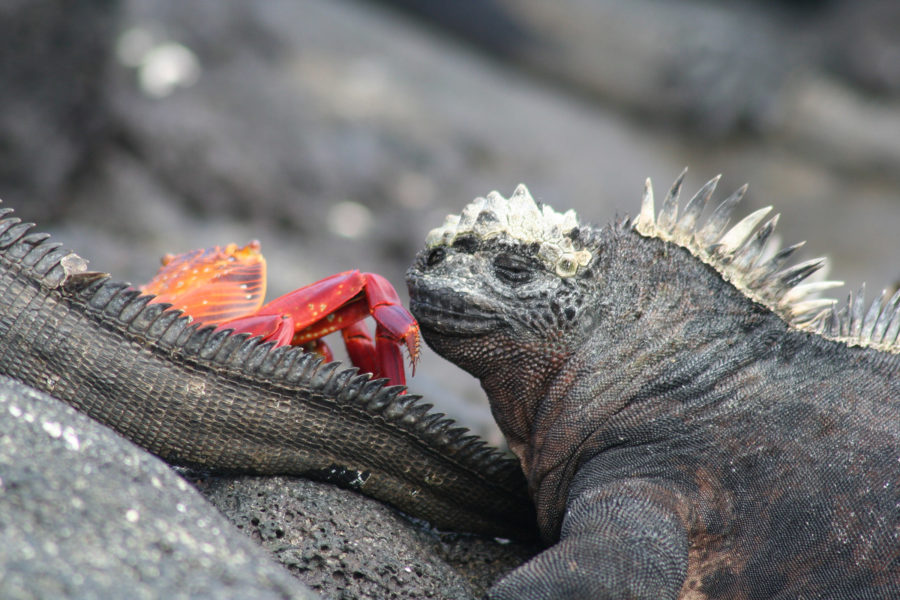
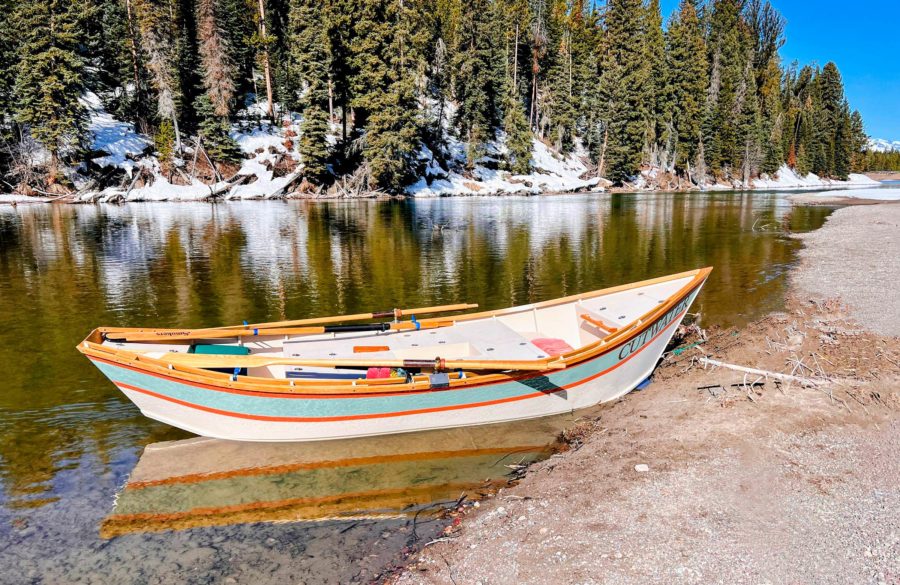
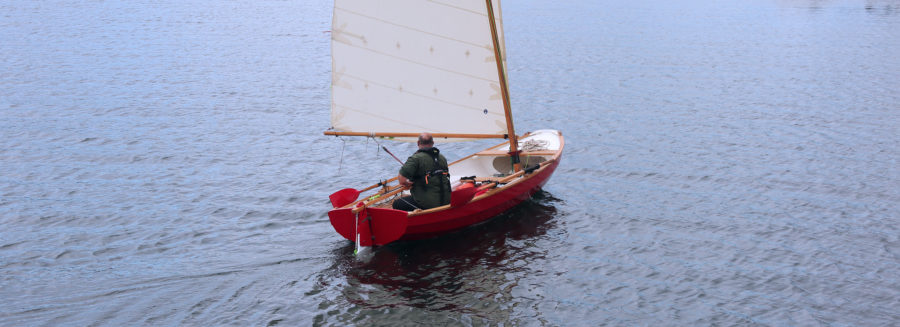
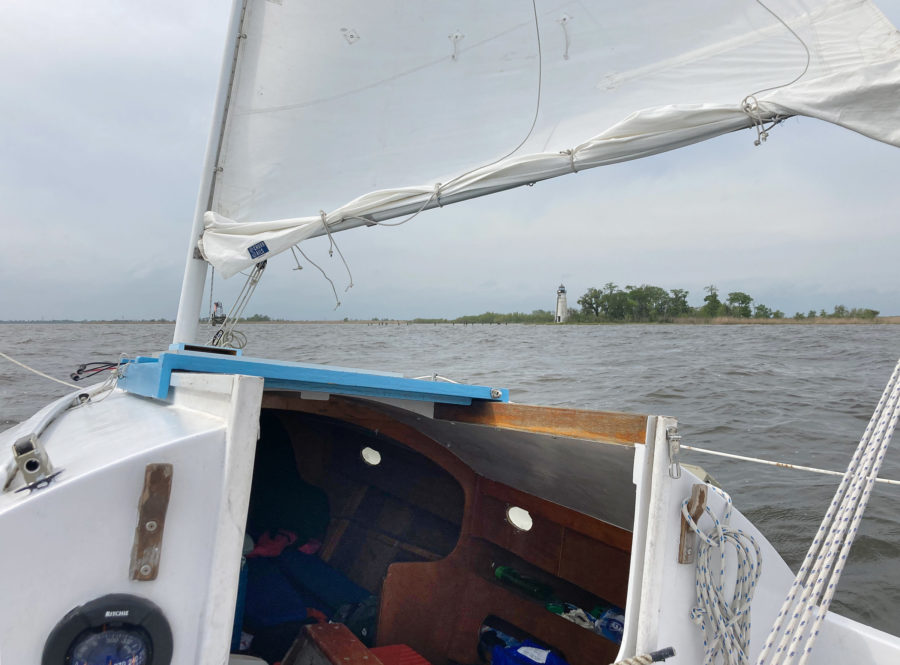
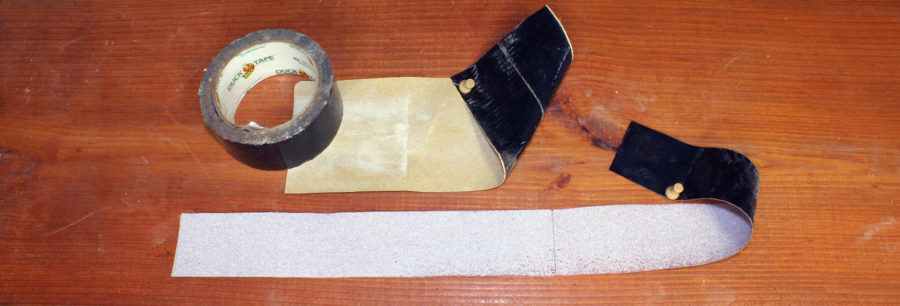
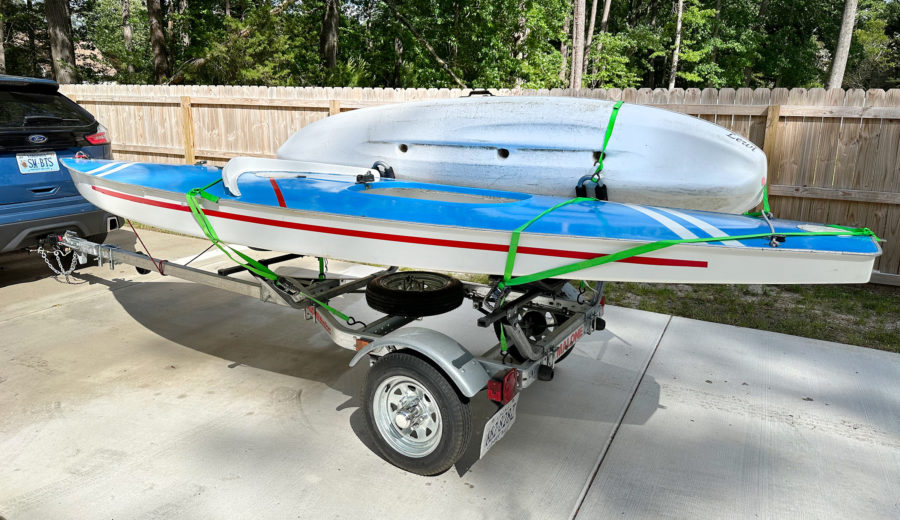
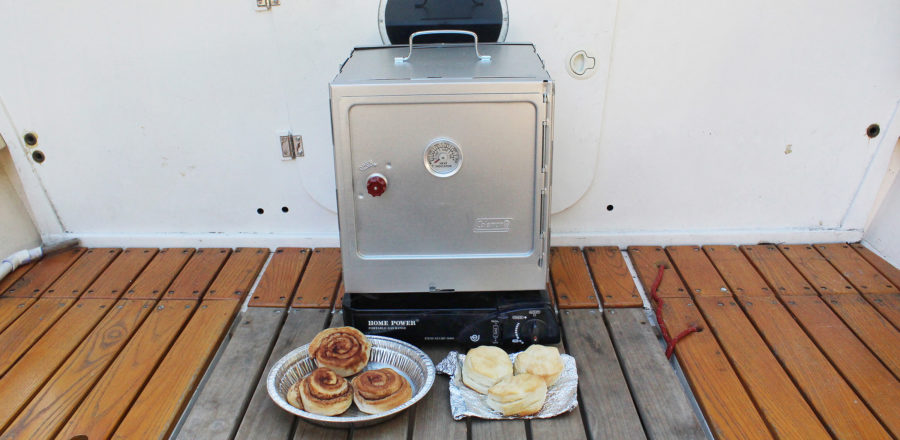
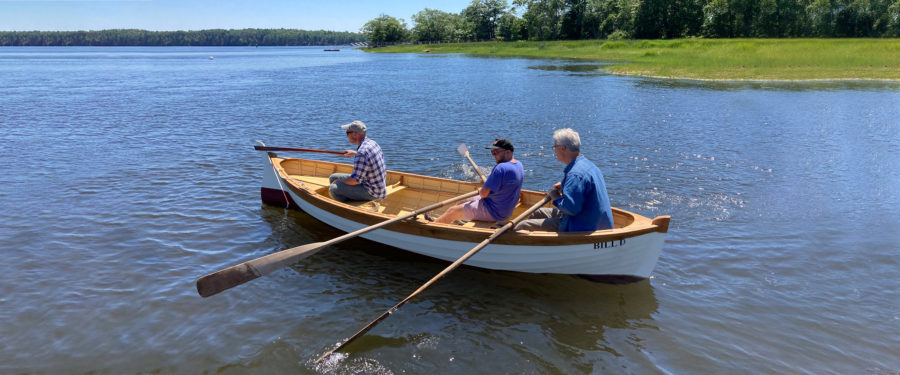
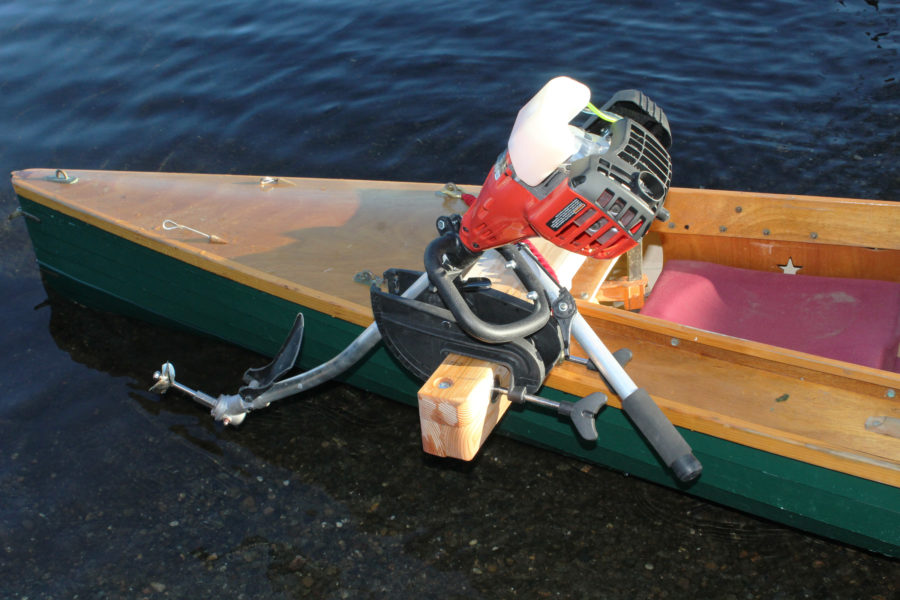
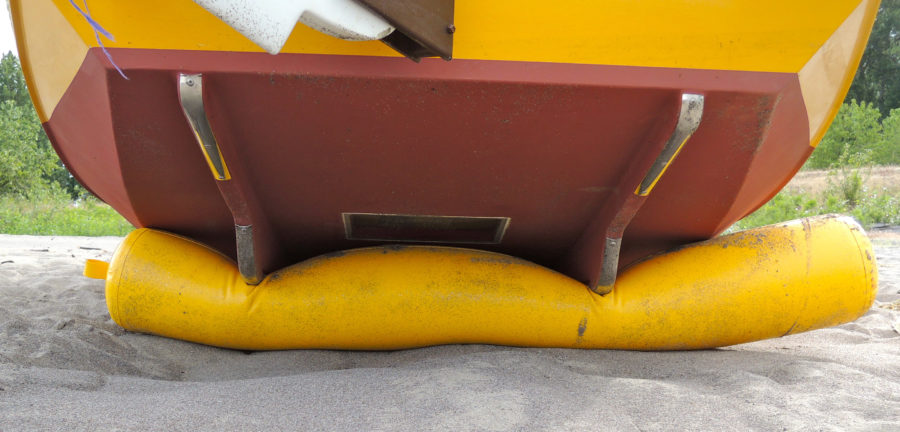
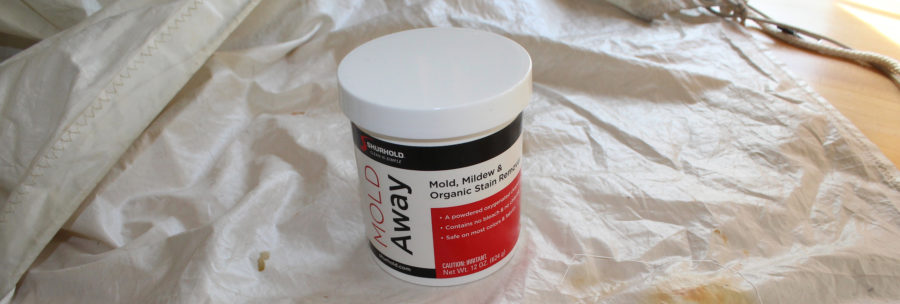
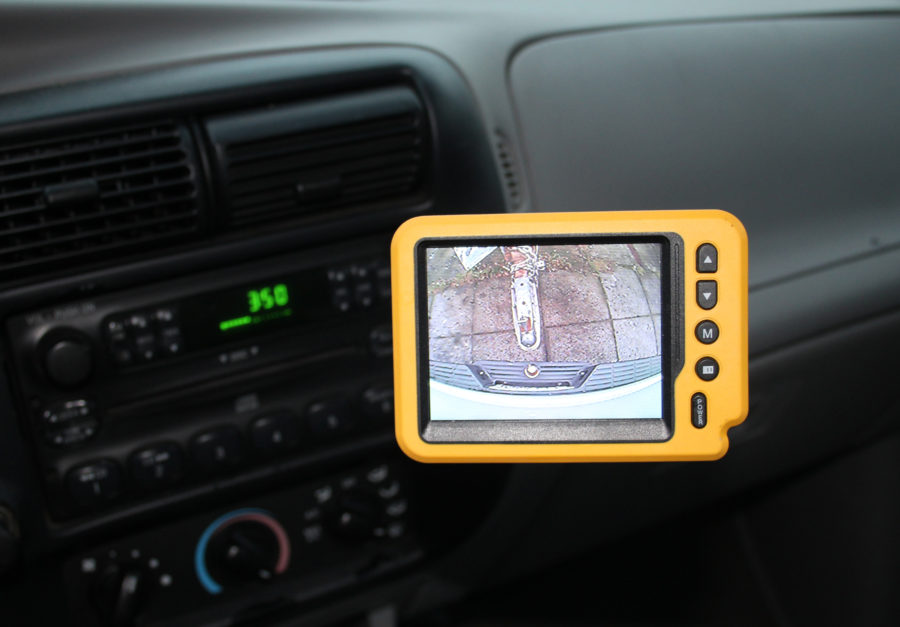
I enjoyed the article, but now I’m hungry:)
A kayaking friend used to bring an aluminum Dutch oven on kayak trips. He carefully calculated how many charcoal briquets would be needed for baking, with briquets not only under the oven but distributed around the lid (which is why the lids have a lip around the rim). At Rugged Point one time he baked a perfect and most delicious apple-cinnamon coffee cake.
He happens to be a skilled outdoor cook. When we were paddling in Haida Gwai some years ago, he had so much food aboard the waterline on his boat was at the hull-deck joint. Another friend on that trip begged off on partaking of the food because he was determined to see whether he could feed himself just with Tasty Bites (Indian or Asian recipes in pouches) for 10 days. Needless to say, the two were at odds the whole trip.
Which reminds me: have you ever run a story or review of this type of camping food, which requires only heating the pouches in boiling water?
No, we haven’t done an article about the boiling-pouch method. I’ve heard of it but never tried it.
—Ed.
It also looks like it might double as a Faraday Cage in a lightening storm. Perhaps their marketing department is missing a hot sales angle.
1) I wonder how this compares to the Omnia Stovetop Oven, other than taking up less space and costing 1/3 less.
2) If baking while at anchor, how would you secure it to the butane stove so it won’t slide off during a passing ferry wake?
The thought of fresh-baked, highly-processed, piping hot apple turnovers after a a few days of grubby dinghy cruising sounds, well, divine! The guiltiest of pleasures.
This is very timely, Chris.
With my new boat I’ve been looking to expand my cooking repertoire beyond boiling and frying. Thanks for doing the work to test this oven.
I’ve just ordered one.
Oven arrived and I finally got around to trying it on my one-burner butane stove. It came up to an indicated 350F in about 6-7 minutes. A batch of baking powder biscuits, cooked on parchment paper sitting on the SS pot lid acting as a baking pan, took about 14 minutes to brown nicely and be done on the inside.
Definitely adding this to my cruising repertoire.
A great article. In 1969/70 I lived in a small cabin I had built off-grid, and cooked on a two-burner propane camp stove. I bought one of the Coleman camp ovens but don’t remember using it much; I believe I was underwhelmed by it. I may have to try one again with the information you provided!
Thinking of children carried as passengers and/or crew, are all external surfaces “too hot to touch” ?
2. Where can one purchase butane these days?
The stove is uninsulated, so the surfaces are hot. I only measured the temperature around the gauge in the door—155 degrees F. I’d keep young kids away from it.
I’ve bought butane cartridges from outdoor, department, and grocery stores.
This was our oven for 2 1/2 years aboard ZOON (ex Bolger LONG MICRO), and across 8 years at a lodge we watched (their commercial oven was a gas hog, but its surface burners were fine). Cooked everything from pies to turkeys. Loved it!
We’ve tried various insulating approaches with them. All help, some more than others. Simple towels work on top, at the easy end, (check for scorching) and fire-felt jackets at the more involved end. Button closures (hook and loop can melt, low down).
Be careful at the low end… flammable and meltable materials are close to flames and highest heat.
A steel sheet (e.g., cookie pan… aluminum has a low melting point) works as a heat diffuser and helps protect insulation extending down the sides.
They also bake slower but just fine on woodstoves.
As a general rule, we never left ours unattended.
You cannot use an infrared thermometer accurately on a glossy (low emissivity) surface.
If you can put a piece of black tape or some flat paint on the surface you will get a more accurate measurement